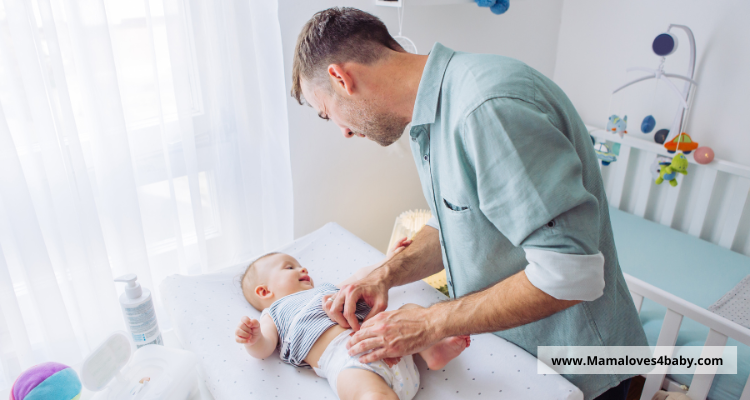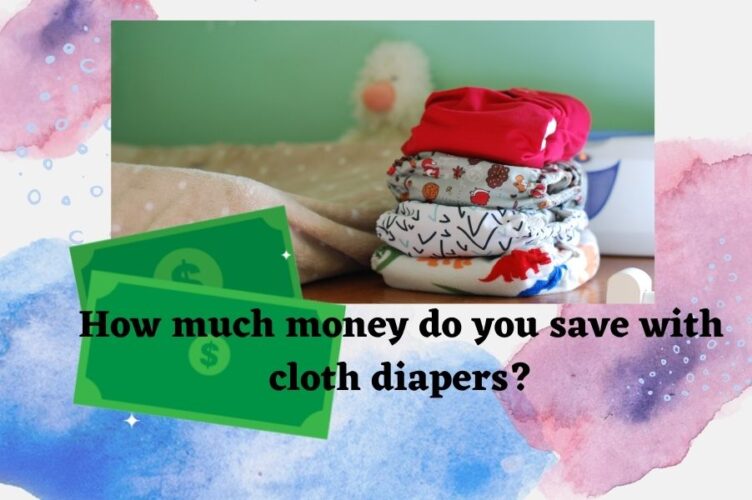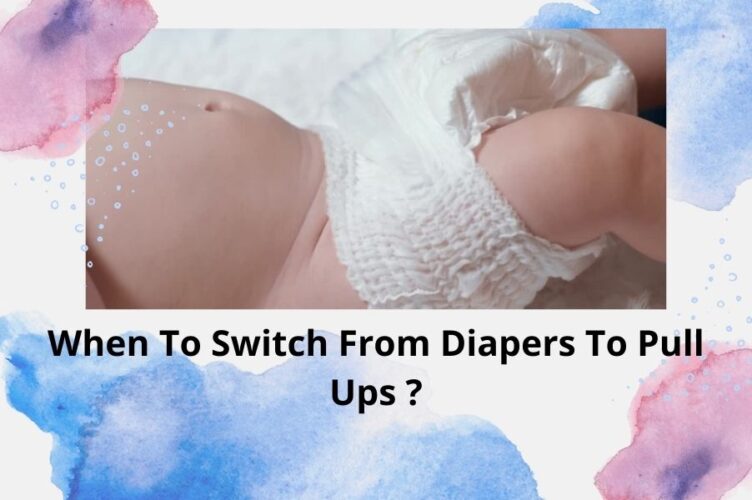If you’re a parent, then you know that changing your baby’s diaper can be a pretty messy ordeal. That’s why it’s essential to have plenty of changing pad covers on hand to keep your little one clean and comfortable. These covers are designed to fit snugly over changing pads, protecting them from spills and leaks. They’re also super easy to care for – machine washes and tumble dry on low heat.
But how many changing pad covers do I need? And what are the best ways to care for them? Read on to find out!

How many changing pad covers do I need?
Ideally, you have at least two or three changing pad covers on hand, so you always have one clean. If you’re using cloth diapers, you’ll need even more covers since changing your baby’s diaper more often.
Read Also: How much money do you save with cloth diapers?
This way, you can always have a clean, dry cover. It’s also a good idea to have a spare cover in case of accidents. You can wash and reuse changing pad covers, which is a wonderful Eco-friendly option.
Do I need changing pads for my baby?
Yes, you will need at least one changing pad for your baby. A baby changing pad can be placed on top of a dresser, diaper changing table, or other flat surfaces. It provides a clean, comfortable place to change your baby’s diaper, even in the baby’s crib. How many changing table pads do i need for a year? Many parents find that having two changing pads is helpful – one for home and one for travel.
Read Also : Best Overnight Pull Ups For Heavy Wetters
What are changing pad covers?
Changing pad covers are usually made from soft, absorbent materials like cotton or vinyl. They’re designed to fit snugly over changing pads, protecting them from spills and leaks. Most changing pad covers also have an elastic edge that helps keep the cover like a fitted bed sheet.
Are changing pad covers necessary?
A diaper changing pad cover is an essential item for any parent. Here are just a few reasons why:
- They keep changing pads clean and protected from spills and leaks.
- They help to make the diaper changing process more comfortable for your baby.
- They’re easy to care for – machine washes and tumble dry on low heat.
- Diaper changing pad covers protect beds, cribs, and bassinets from poop explosion by providing a comfortable surface on the changing table.
- They act as a fitted bed sheet and absorb pee, but you must also have backup changing pads atop.
So don’t wait – get a backup changing pad cover today that goes with your nursery decor! You and your baby will be glad you did.
How should you care for changing pad covers?
You can clean your changing pad covers. The machine washes them in cold water-like colors. You can tumble dry these covers like a child’s regular sheets on low heat or line dry them. Avoid using fabric softeners, as they can diminish the fabric’s absorbency.
Keep your waterproof changing pad cover clean and fresh with simple tips, and be prepared for anything. So don’t wait – stock up on changing pad covers today!

How Many Changing Pad Covers Do You Need for Your baby?
Having plenty of changing pad covers on hand is essential, so you can quickly and easily swap them out after each change. Few things to consider when choosing non slip changing pad cover for your little one.
How to choose the right changing pad cover?
Changing pad covers come in various colors, fabrics, and styles. With so many options, how do you know which one is right for your baby?
Material
Parents prefer changing pad covers made from soft, absorbent materials like cotton or terrycloth. You’ll want to ensure the cover is snug-fitting so it doesn’t slip and slide around while changing your baby’s diaper.
Many materials can be used to cover changing pads. Some have a waterproof backing. Some are coated with a layer of breathable cotton to absorb liquids. Many are made from modern, soft fleece fabric.
The best way to find a suitable changing pad is by considering what material you want. Some prefer soft fabrics, while others may opt for vinyl material or even a plastic waterproof layer if they’re on a super tight budget that doesn’t allow them any other option! Whatever kind of surface appeals most will work well in this instance since babies’ delicate skin comes into contact with everything we put against it many times each day – so choose wisely before making sure your baby’s always comfortable during these moments.
Style
The more traditional style is when changing pad covers come with an elastic edge, which will help keep them in place and prevent leaks. Or, you can find covers with a waterproof surface tied or Velcro closed. Choose the style that you think will be easiest for you to use.
Fit
The liner you choose should immediately fit snugly over a pad. It mustn’t have any significant gaps, as this will allow dirt and water from the outside world in when you change your baby’s diaper.
Ease of use
Look for covers that are easy to put on and take off multiple times. You’ll want to choose a liner with an elastic edge, or ties/Velcros closed. It will make it easy to get the liner on and off, even when you have a squirmy baby after every cumulative three hours.
Color
Many Changing pad covers come in a wide range of colors. Choose a color that coordinates with the nursery decor fun and cutely. You can buy pad covers with many gorgeous prints and bright colors that you know your baby will love. You can also find covers that have fun prints or patterns.
Durability
Other parents look for covers that are made from durable materials like cotton or terrycloth. These materials will stand up to repeated washings and will last for years.
Avoid baby changing pad covers that have been treated with fabric softeners. These can diminish the fabric’s absorbency, making them less effective at protecting your changing pad.
Absorbency
How many changing pad covers do you need is also depends on soaking capacity of covers. Most parents want to choose a cover made from absorbent materials like cotton or terrycloth. It will help keep your baby’s skin dry and comfortable during diaper changes.
Not only should they repel liquid, but they should also be absorbent. They must also be absorbent to ensure liquids don’t pool and get all over the baby’s clothes, back, or bottom.
Price
There are many options for changing pad covers. You can find budget-friendly options as well as more expensive designer covers.
Covers and liners are inexpensive compared to the money you will spend on other baby products like bottles, breast pumps, strollers, and cribs. Most cover prices are between $5 and $25. There are some more expensive options, but you can still find affordable options if you need them.
Now that you know what to look for in a changing pad cover, it’s time to start shopping! You can find various covers at your local baby stores or online. Stock up! Having at least two or three changing pad covers is good, so you’re always prepared.
Changing pad cover ideas
The changing pad is one of the essential pieces of baby gear for diapering needs. A good changing pad cover soaks spills and leaks and makes changing diapers more comfortable for your baby. But with so many types of covers available, how do you choose the right one? let’s see them one by one to decide How many diaper changing sheets do I need?
Do you need a changing pad cover and liner?
Here are the top five best changing pad covers and liners based on their absorbency, durability, and comfort:
1. Munchkin’s Waterproof Changing Pad Liner Munchkin’s Waterproof Changing Pad Liner
2. The Burt’s Bees Baby Changing Pad CoverThe Burt’s Bees Baby Changing Pad Cover
3. HonestBaby unisex baby Organic Cotton Changing Pad CoverHonestBaby unisex baby Organic Cotton Changing Pad Cover
4. GROW WILD Changing Pad CoverGROW WILD Changing Pad Cover
5. Summer infant changing pad coversSummer infant changing pad covers
What are the best ways to care for changing pad covers?
To keep your changing pad covers in good condition, you should wash them regularly. Some changing pad covers may require special care, so be sure to read the care instructions before washing.
You’ll find various styles and materials if you want changing pad covers. There are even organic and eco-friendly options available. With so many choices, finding the perfect cover for your needs is easy. So how many changing pad covers do I need? The answer is: as many as you feel comfortable putting less load on the laundry basket!
5 Best ways to care for changing pad liners vs cover
- Machine washes the cover in cold water on the delicate cycle.
- Use mild detergent and avoid any that contain bleach or other harsh chemicals.
- Tumble dry the cover on low heat or line dry it if possible.
- Iron the cover if needed, but be careful not to scorch the fabric.
- You can store the cover in a clean, dry place when not in use.
Conclusion: How many changing pad covers do you need?
When it comes to changing pad covers, you have many options. Consider the cover’s material, fit, style, and color before making your final decision.
You may ask yourself, do I need more than two changing pad covers? The answer is yes! Having a few different covers will help keep your nursery clean and organized. Not to mention, it’s always great to have a spare in case of accidents. So don’t wait any longer to buy changing pad covers today!
Parents also ask
How long do changing pads last?
It should last you through multiple babies as long as properly cared for. Look for a durable, easy-to-clean option that will stand up to years of use.
How much fabric do I need for a changing pad cover?
You’ll need approximately 1 yard of 45-inch wide fabric for a standard-sized changing pad cover. If you’re using a print fabric, you may need more to match the pattern.
Can I make my changing pad cover in a different style?
Yes! You can easily make your changing pad cover if you’re feeling crafty. Choose a fabric that you love and follow the instructions in this tutorial.
What’s the best way to clean a changing pad cover?
The best way to clean a changing pad cover is to wash it in cold water on the delicate cycle. Use mild detergent and avoid any that contain bleach or other harsh chemicals to properly clean. Tumble dry these little sheets on low heat or line dry them if possible.


